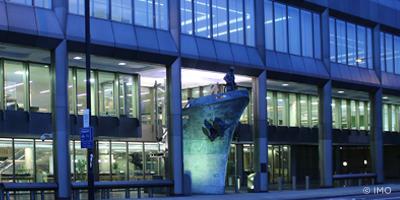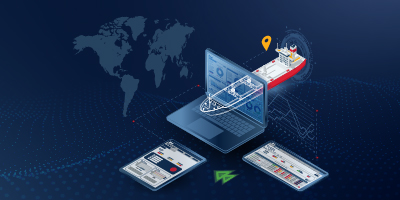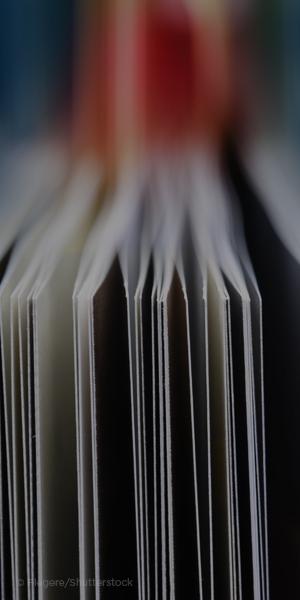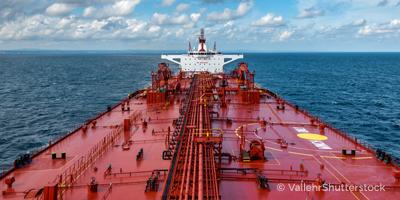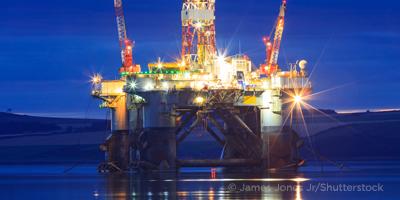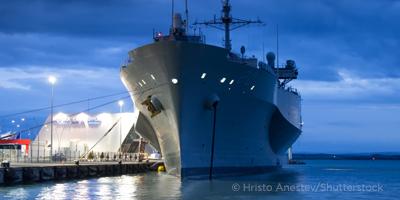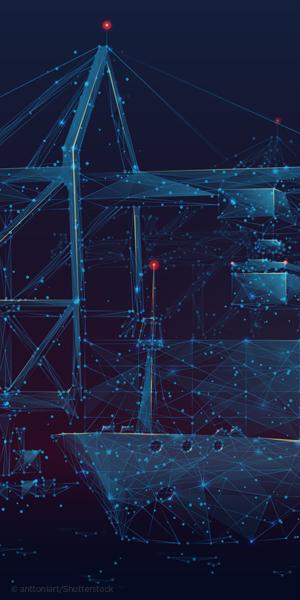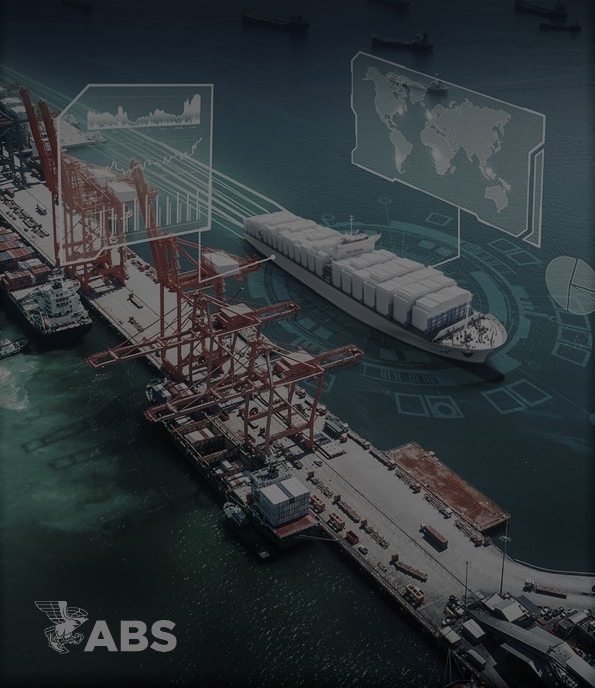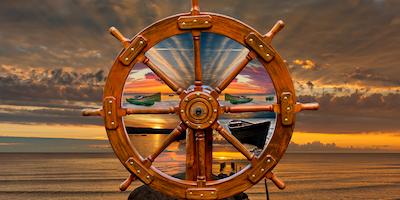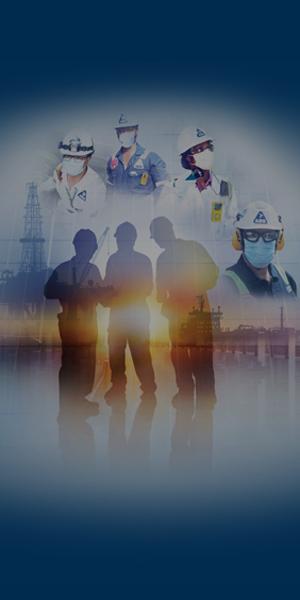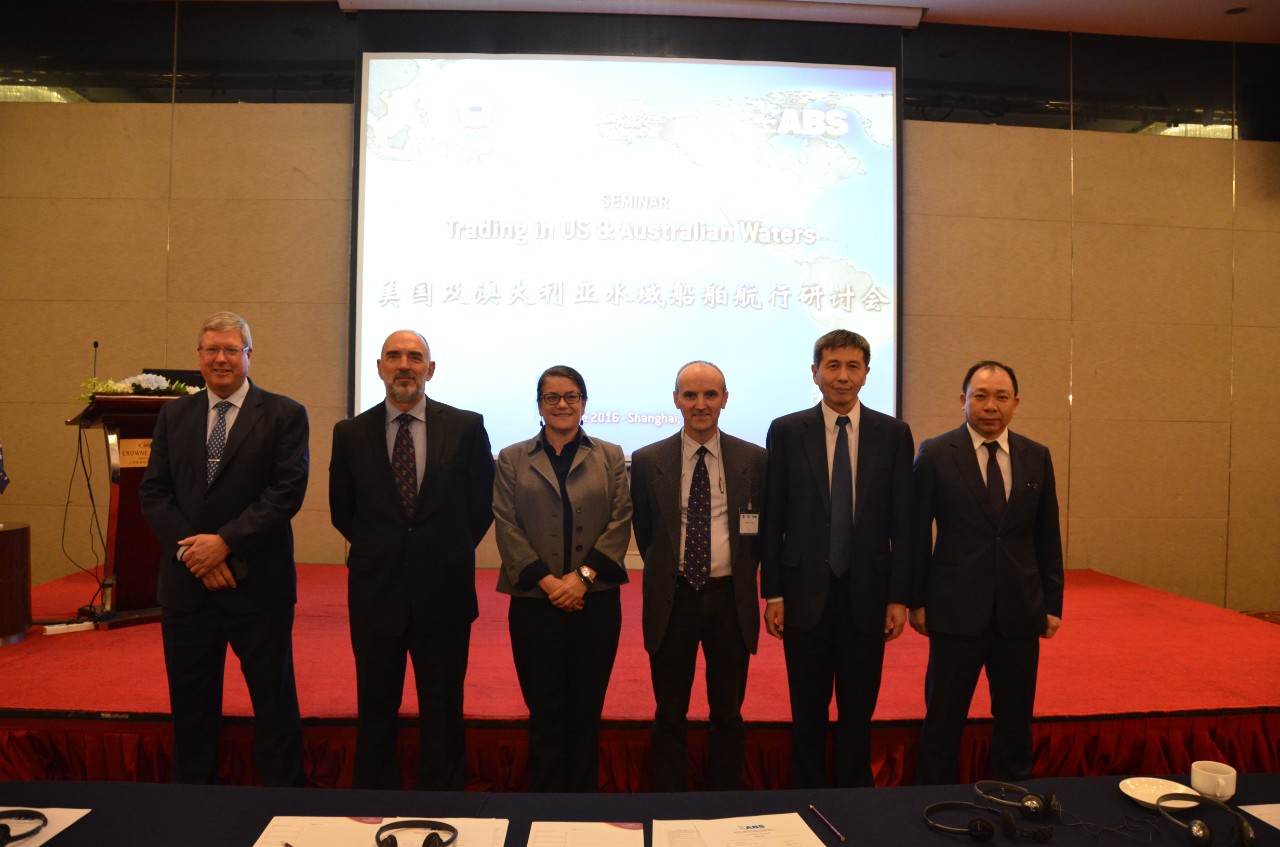(From Left to Right): Eric Kleess, ABS GCD President & COO; Duncan Peart, ABS Assistant Chief Surveyor; Regina Bergner, USCG Program Manager; Malcolm Collins, AMSA Principal Surveyor; Guang-Li Yang, ABS GCD Technology and Business Development Director; K. W. Lee, ABS GCD Senior Vice President
In recent years, the main body for supervision and inspection on ships trading internationally has been transferred from Flag State to Port State, which shows sovereign states’ increasing emphasis on the security and interests of territorial seas and local jurisdiction. As an important shipping and shipbuilding nation, China must keep up with the latest regulatory developments for major port states. ABS hosted a joint seminar on Trading in US and Australian Waters with Australian Maritime Safety Authority (AMSA) and United States Coast Guard (USCG) on 22 June in Shanghai, to introduce specific regulatory and operational requirements for vessels trading in the US and Australia. More than 100 representatives from shipping and shipbuilding industries took advantage of the seminar and exchanged views with speakers from AMSA, USCG and ABS.
Australia has 10% of the world’s sea trade and has become the third most active port state following the US and China. AMSA Principal Surveyor Malcolm Collins explained that inspection results in recent years indicate the technical hardware of vessels trading on international routes has been improving. Most of the defects affecting safety and environment that resulted in detentions or refusals of access were the result of operator negligence. Collins pointed out that the implement of Maritime Labour Convention has been one of the key components of port state control in Australia. Issues such as working conditions, living standards, and food safety are of significant concern, particularly for vessels of non-contracting states that do not carry certification. These will be subject to more detailed inspection, he said. Collins also explained the inspection and appeal processes in Australia and pointed out that with regard to ship navigation regulations, several issues have received attention recently in Australia, including container verified gross mass, liquefaction of bulk cargos, and hazardous cargos shipping.
USCG operates under the US Department of Homeland Security and has roles in maritime homeland security, maritime law enforcement, search and rescue, and marine environmental protection in addition to its role in developing ship navigation regulations. Since April 2015, the US has established Emission Control Areas (ECA) within 200 nautical miles of its coast and set a goal for air pollution reduction by 2030. USCG Program Manager Regina R. Bergner shared insights regarding the use of low sulfur fuel oil when entering ECA, which is a critical concern of the shipping industry. If low sulfur fuel oil is not available, she said, operators can choose to use another ECA-compliant fuel, but must submit a formal report.
The focus of Coast Guard Port State Control Exam is to verify the preparation and procedures for fuel changeover to determine the corresponding civil or criminal liabilities. Bergner suggested operators to make a specific record of fuel changeover and keep fuel storage samples for the PSC Exam. Bergner said USGC is working with industry to advance the state of air pollution prevention technologies, supporting partners and encouraging the development of dry desulfurizing technology. Bergner pointed out that the US is the first country to implement a ballast water treatment standard. USCG has granted type approval for ballast water treatment equipment since 2012. As of today, nearly 60 ballast water treatment systems have been accepted as Alternate Management Systems for use in US waters, and 20 systems are being tested for type approval from USCG. According to Bergner, US requirements are slightly higher than the IMO’s, with technical differences including the discharge standard, shipboard testing, hold time, component/environmental testing. Bergner explained the USCG ballast water management reporting form and reporting rule and how to apply temporary compliance extension requests and alternate methods.
ABS Assistant Chief Surveyor Duncan Peart emphasized during his presentation that according to the relevant documents from IMO, Paris MoU, and Tokyo MOU, more and more countries have implemented port state regulatory policies and mechanisms. The US, China, and Australia are the top three active port states. Regulatory records from main port states indicate the potential safety risks to vessel and crews have increased, becoming a major issue that has resulted in ship detentions. Duncan suggested that since China has grown to be the largest shipping and shipbuilding nation in the world, shipping enterprises should be fully aware of the regulations and technical standards of the main port states to minimize the possibility of detention. ABS provides technical support and value added services to the Chinese shipping and shipbuilding industries.
In addition to the PSC discussion, ABS provided an update on its publications, with Senior Engineering Specialist Nanchun Li introducing Tier III Technology solutions and ABS Guidelines and Notations.
During the seminar, speakers from Australia and the US encouraged operators to be honest and cooperative, disclosing all of the relevant information when the vessel is being inspected, noting that operators have the right to lodge a legal appeal against the detention if an appeal is warranted.




